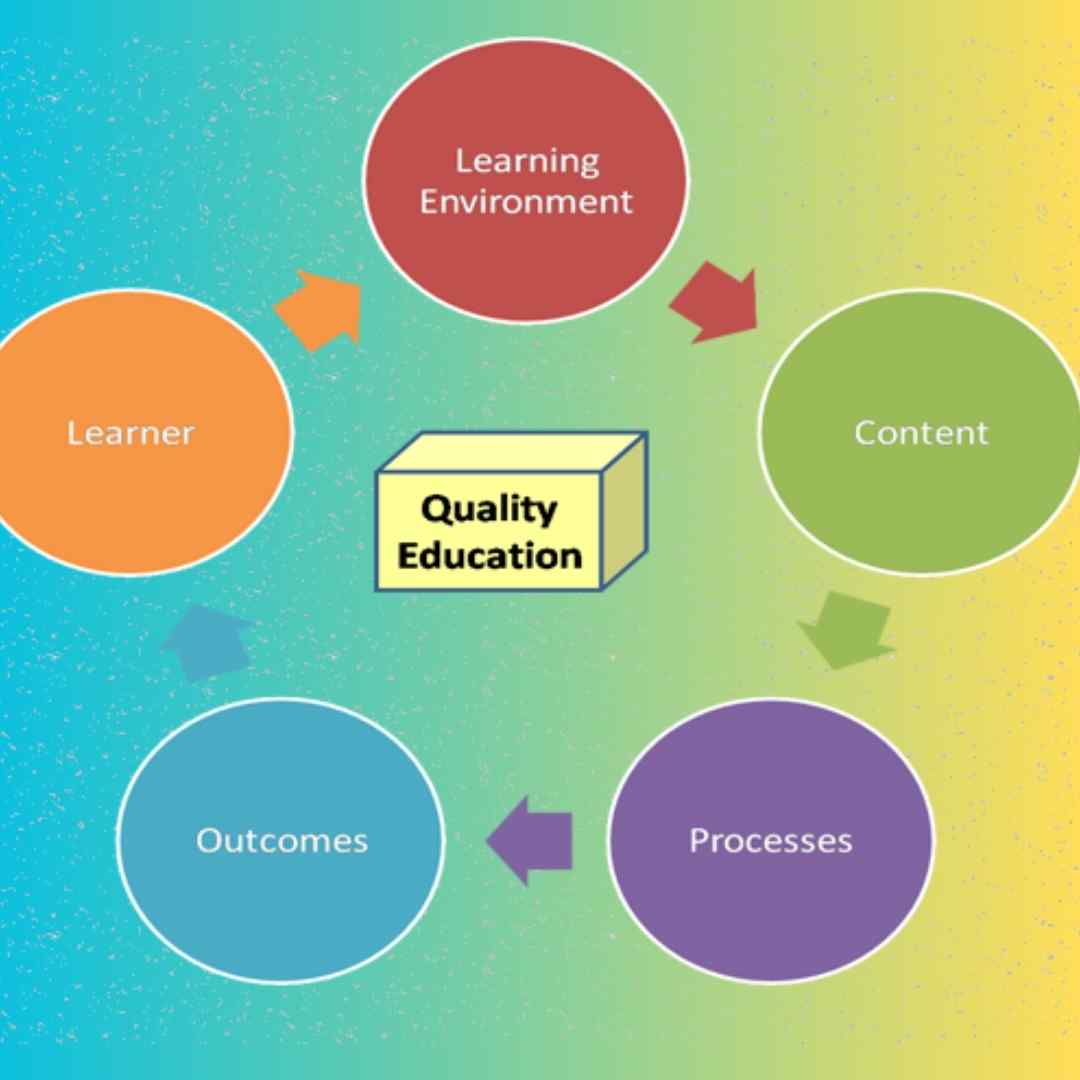
1. Supporting educational institutions with learning materials, equipment, and infrastructure is crucial for fostering a conducive learning environment. Adequate resources ensure that students have access to up-to-date materials, enabling effective teaching and learning. Additionally, investments in infrastructure, such as classrooms and libraries, create a safe and comfortable setting for education.
2. In parallel, organizing and conducting capacity building training programs for teachers, school managers, and other education stakeholders is essential. These training initiatives enhance the competencies of educators, enabling them to deliver high-quality instruction and manage schools efficiently. Empowering educators and managers also contributes to improved school governance and overall educational outcomes.
3. It's equally important to include community education workers in these capacity-building efforts. These individuals often play a pivotal role in bridging the gap between schools and local communities. Equipping them with the necessary skills and knowledge enhances community involvement in education, leading to a more holistic approach to learning.
4. When combined, these efforts create a comprehensive strategy for improving the education system. By providing the necessary resources and training opportunities, we can empower educational institutions and stakeholders to work collaboratively towards a brighter future for students, ensuring that they receive a well-rounded education and the best possible chances for success.